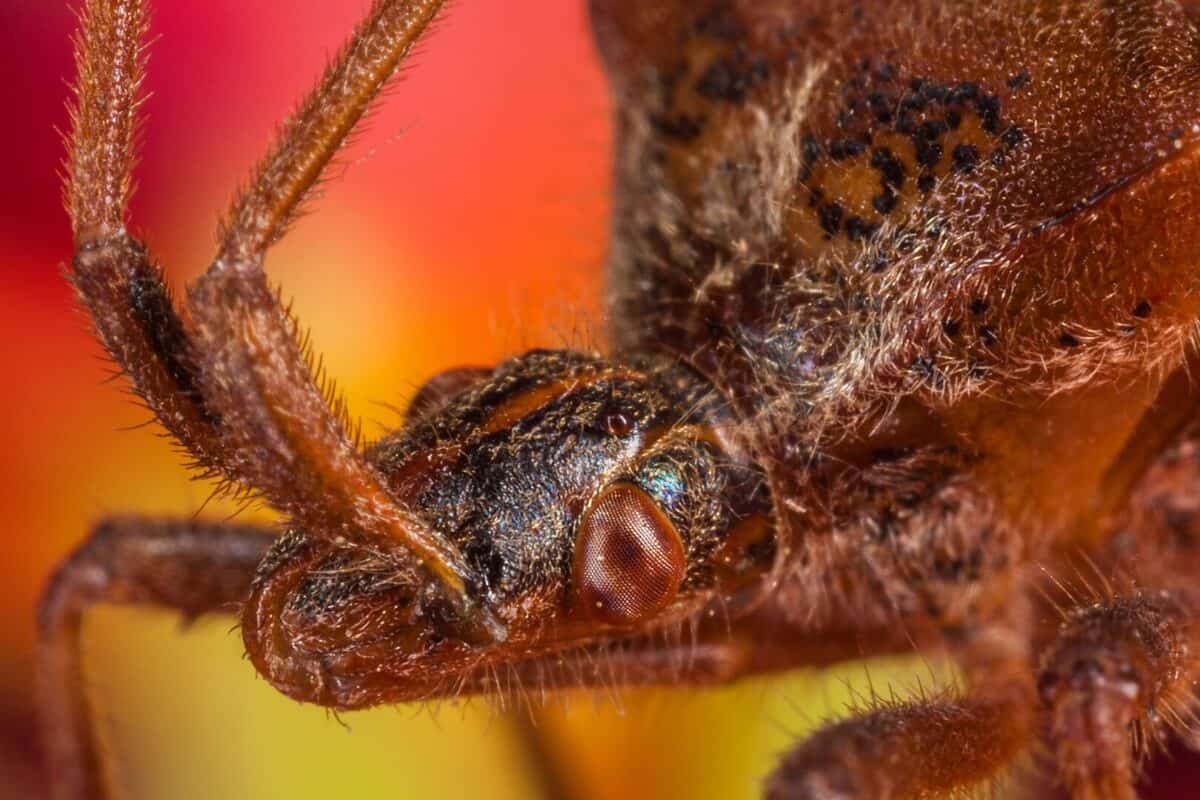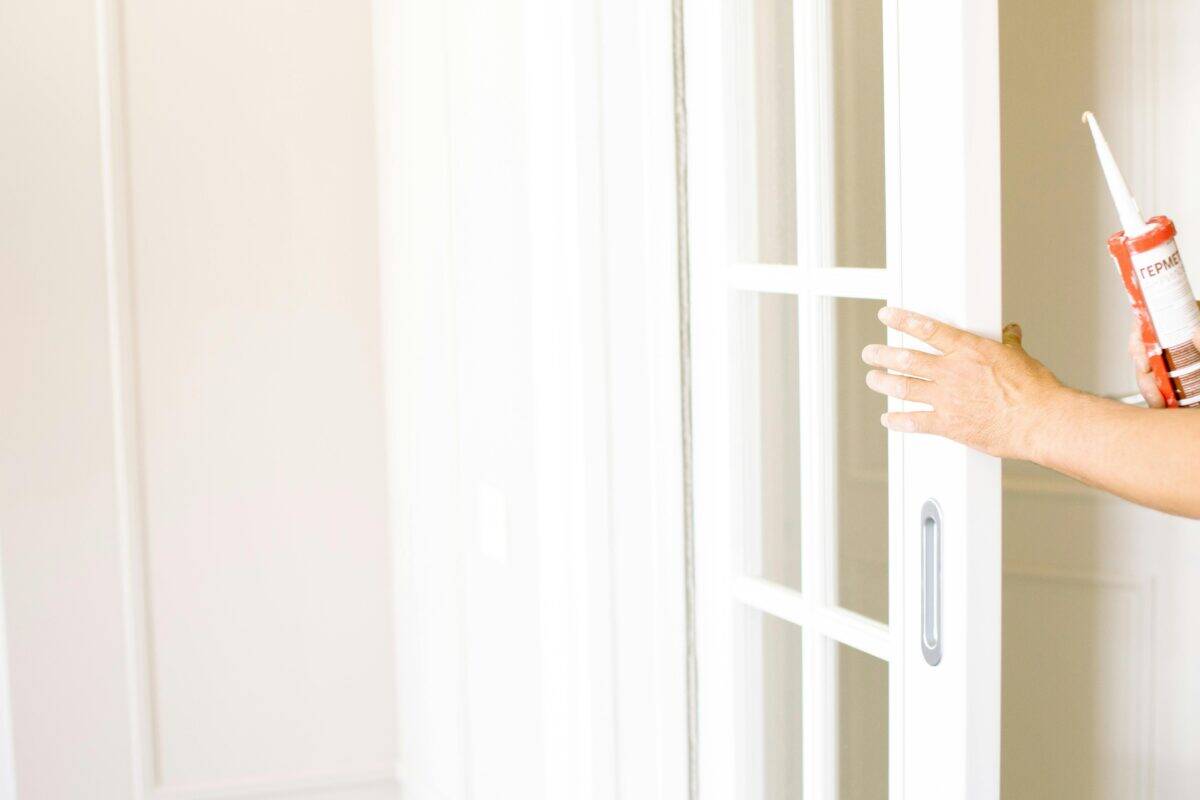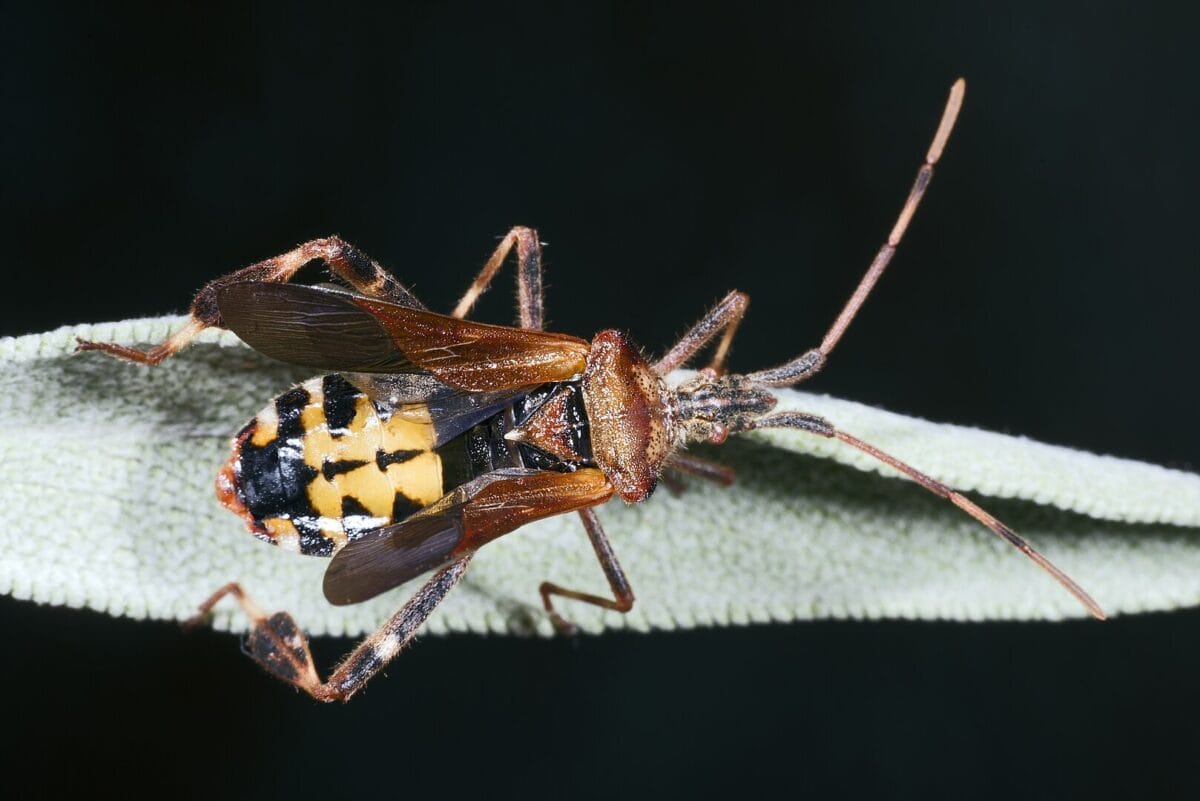Once mostly confined to the Pacific Northwest, the Western Conifer Seed Bug (Leptoglossus occidentalis) has worked its way across the country and is now showing up in homes throughout the Northeast and Midwest.
States like Michigan, Pennsylvania, and New York are seeing a rise in indoor sightings, especially during the colder months when these bugs seek shelter. Although they’re not dangerous to people, their sudden appearance in living rooms and attics has made them an unwelcome seasonal guest.
A Stinky Visitor With a Unique Look
This insect isn’t hard to recognize once you know what to look for. Adult bugs are fairly large, around 16–20 mm long, with brown coloring and leaf-shaped extensions on their back legs—hence the nickname “leaf-footed bug.” They don’t bite, sting, or feed indoors, but when disturbed, they can emit a strong, unpleasant odor as a defense mechanism. Though rare, there have even been reports of them piercing plastic tubing during winter, likely while searching for warmth or moisture.
Where They Hide and How They Act

The Western Conifer Seed Bug tends to show up in the fall, when it starts looking for places to ride out the winter. During warmer months, it’s found around pine, fir, and other coniferous trees—its natural food source. As temperatures drop, they crawl into gaps in siding or rooflines, often ending up in attics or wall voids. Once inside, they go dormant until spring, when warmer weather may bring them back out into living spaces.
How To Keep Them Out

Prevention is your best defense if these bugs are common in your area. Here are the most effective ways to keep them from entering your home:
- Seal cracks and gaps around doors, windows, siding, and utility openings using caulk or weather stripping.
- Repair damaged screens and install door sweeps to keep entry points secure.
- Trim coniferous trees that are planted too close to your house, especially if branches touch the siding or roof.
These simple measures can significantly cut down on the number of bugs that sneak indoors once temperatures drop.
What To Do If They Get In
If you find these bugs inside, the best response is to vacuum them up and dispose of the vacuum bag outdoors. Avoid crushing them, as the smell they release can linger in fabrics or on hard surfaces. They don’t pose any health risks, but they can be annoying in large numbers. Unlike cockroaches or ants, they won’t reproduce inside your home, so infestations don’t typically grow if they’re dealt with promptly.
Final Thoughts
The Western Conifer Seed Bug is a classic example of an invasive species adapting to new environments. While it may not be harmful, its growing presence in eastern states means homeowners should take preventive steps—especially before fall. With a little preparation, you can enjoy a bug-free home all winter long.
- Texas Turtles Risk Lives for Love During Spring Mating Season - August 20, 2025
- Spider Bites Florida Woman’s Face While Driving - August 10, 2025
- Bride Surprises Groom With Rescued Animals at Bachelor Party - August 7, 2025

